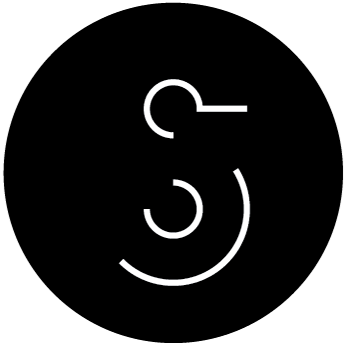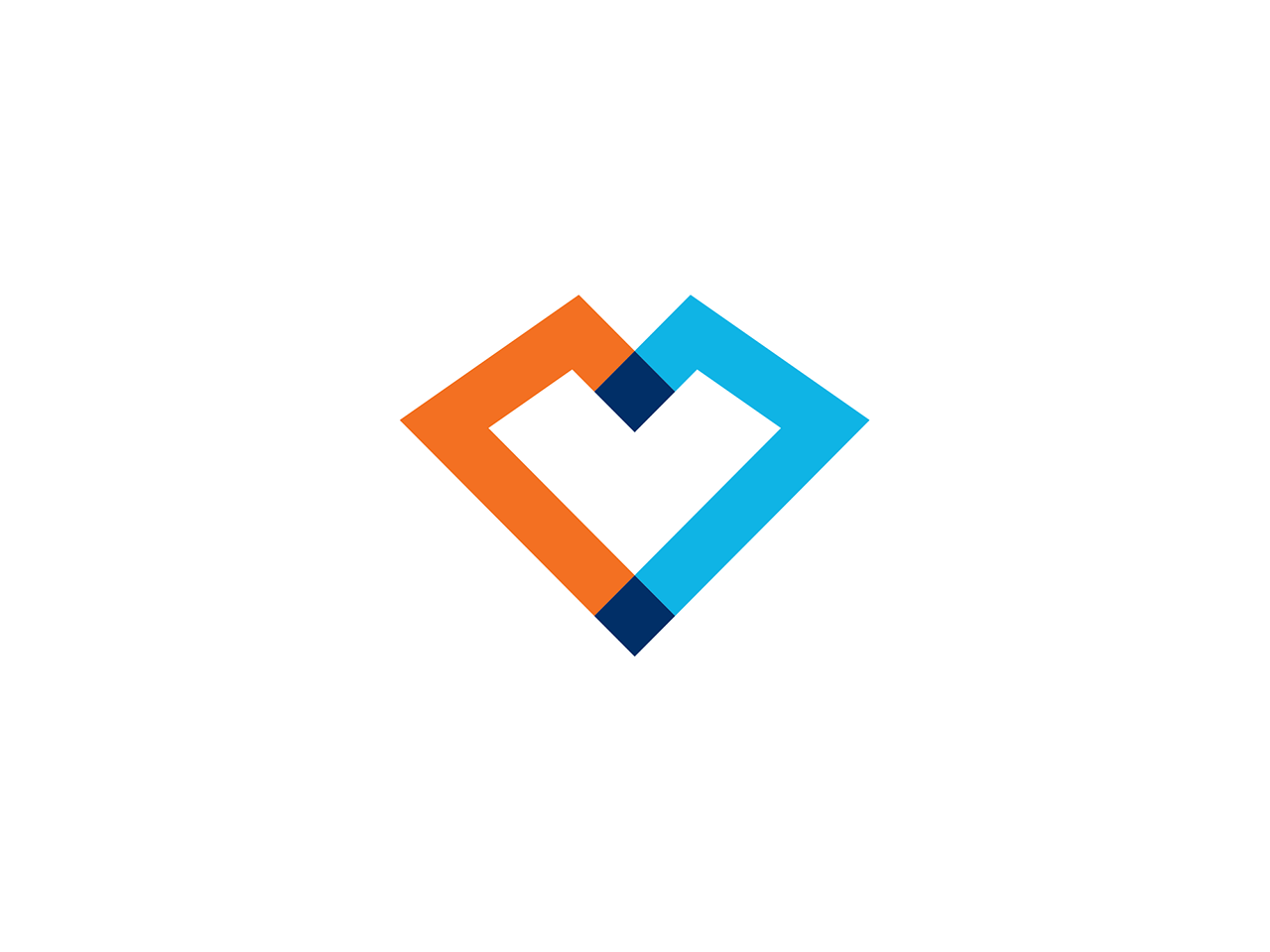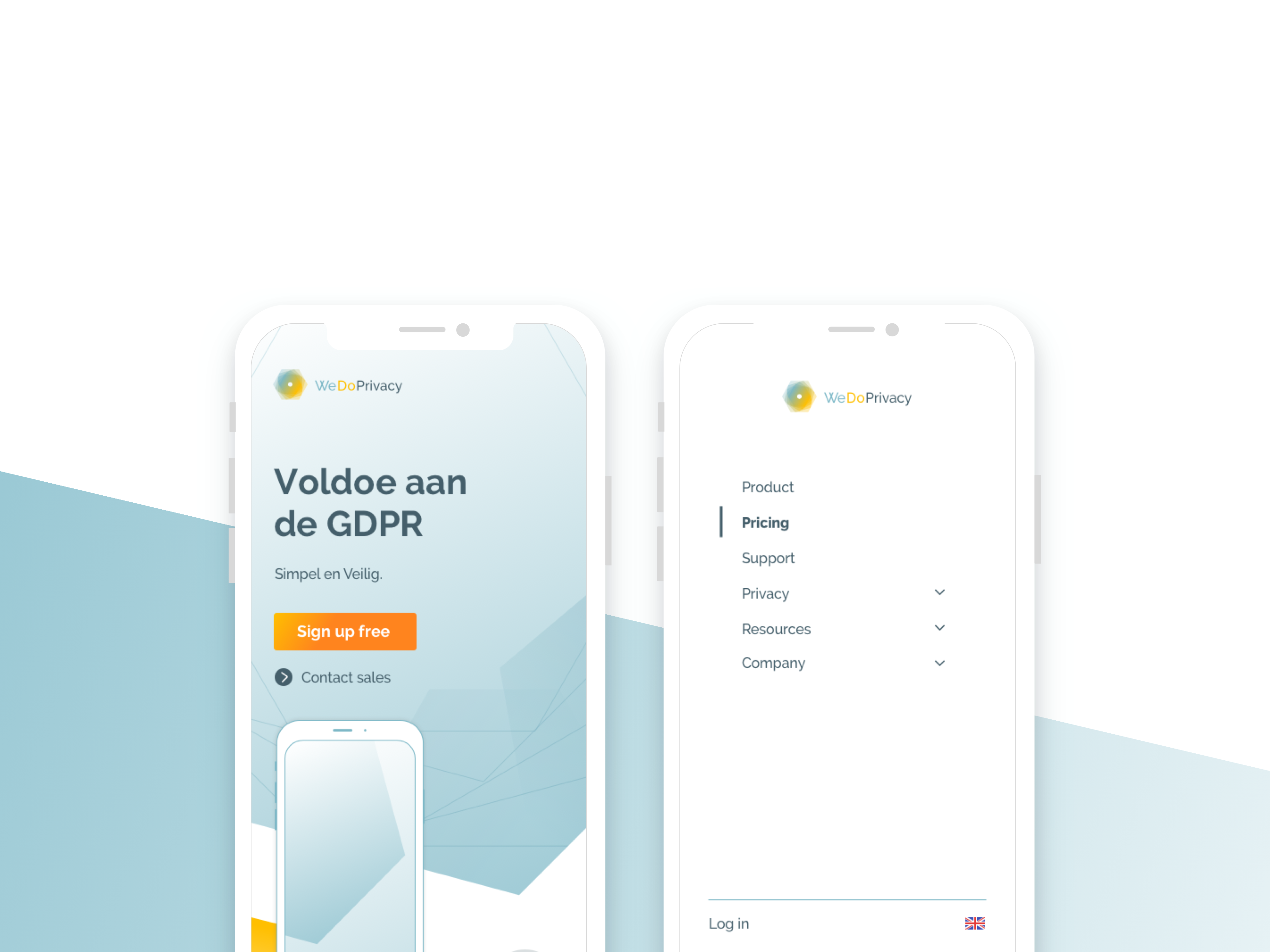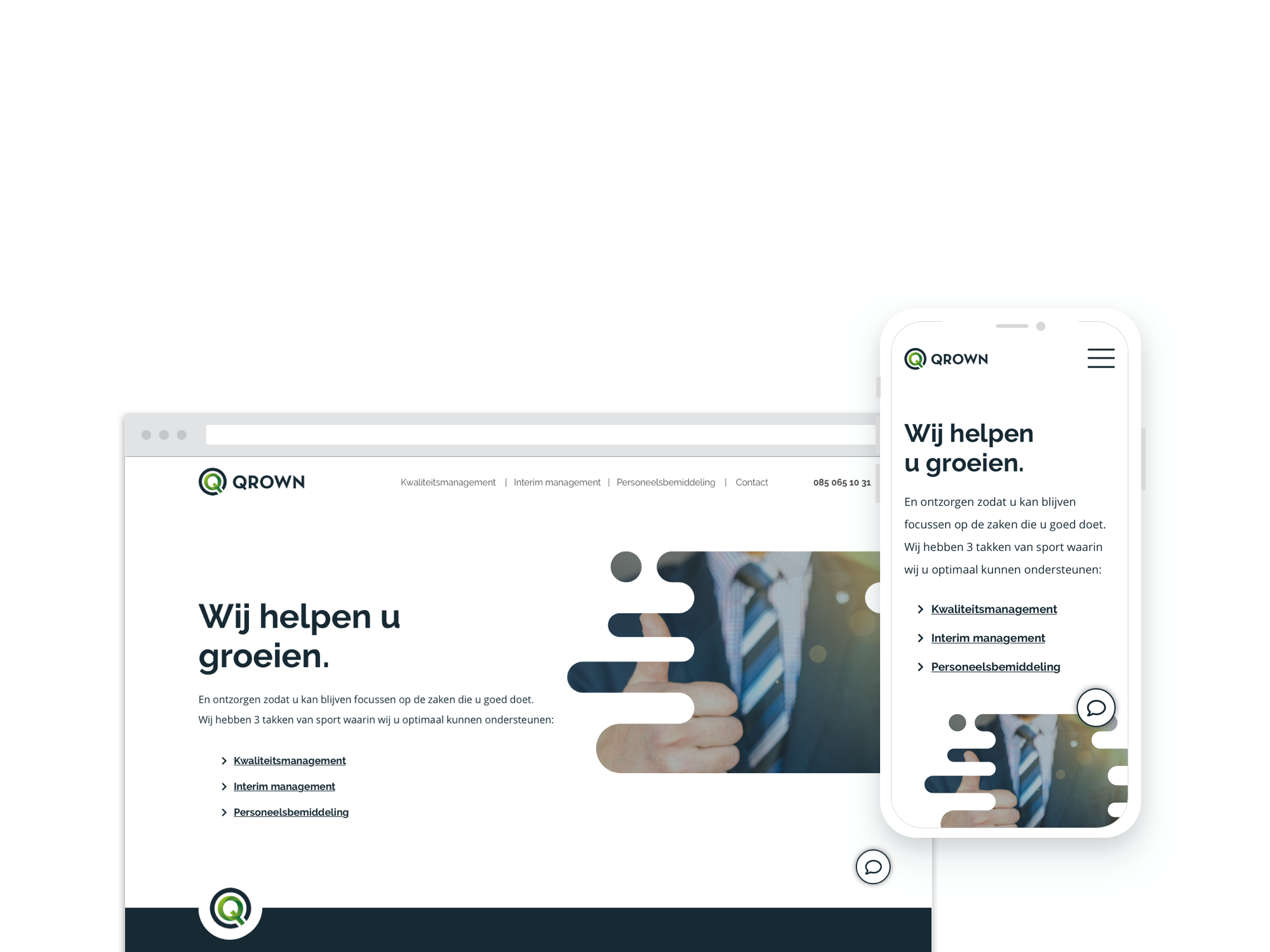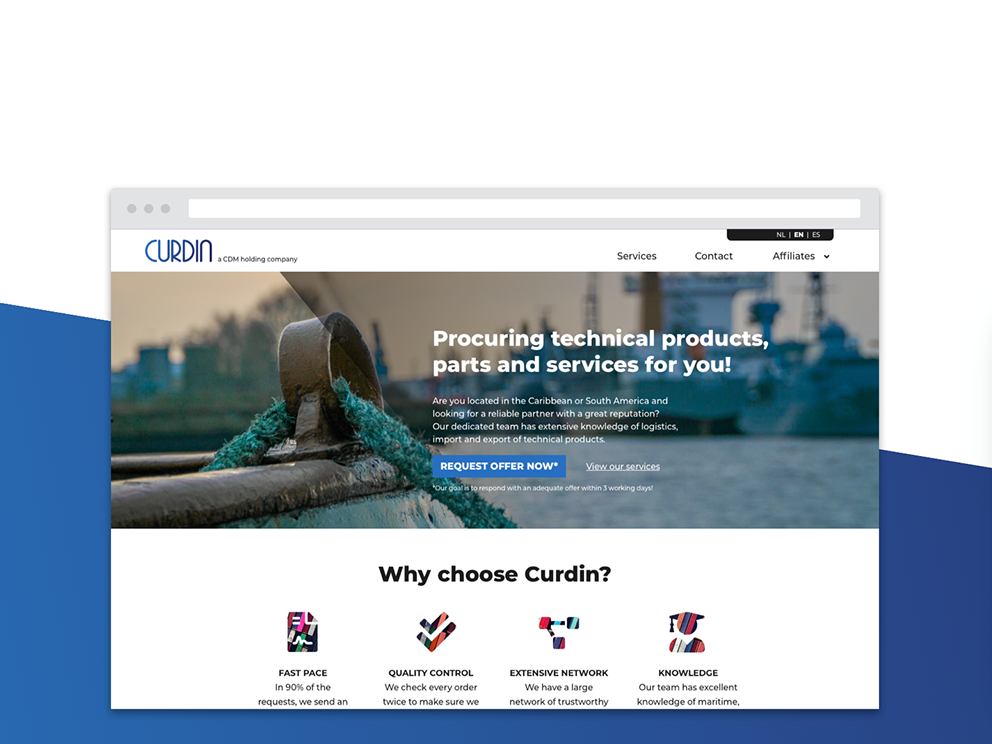Client: UX Design Institute
Role: UX designer
Year: 2018/2019
Role: UX designer
Year: 2018/2019
Project type: Product design
Services: User research, Market research, Workshops, UI design
Deliverables: User interviews, User journey, UX design, Wireframes
Services: User research, Market research, Workshops, UI design
Deliverables: User interviews, User journey, UX design, Wireframes
The project
____________________________
____________________________
Improve the experience of booking a flight, so that Fly UX can grow to be a successful business in a competitive market.
Screenshots prototype - Fly UX
My approach
____________________________
____________________________
As the airline business is such a competitive business it was important to learn from existing airlines. What not to do but also trying to monitor best practises and learn from that.
So when it came to research I opted for a combination of competitor benchmarking, an online survey and usability testing. I choose to research established airlines that have had invested in their online experience quite a bit.
To gather & structure my most important learnings from all the research I chose for an Affinity diagram. This helped me group my findings and focus on the issues that could make a difference in the experience of booking a flight. This gave good input to create a customer journey and decide what to focus on for ideation.
The key findings of my research;
• Extra’s: Users want to skip Extra’s/ avoid up-sells in the booking process. But aren’t necessary against extra’s.
• Forms: They often caused the user pain points
• Choosing flights: When comparing flights there were a few pain points and hick-ups along the way.
• Extra’s: Users want to skip Extra’s/ avoid up-sells in the booking process. But aren’t necessary against extra’s.
• Forms: They often caused the user pain points
• Choosing flights: When comparing flights there were a few pain points and hick-ups along the way.
Affinity diagram - Fly UX
Customer Journey - Fly UX
Flow diagram - Fly UX
The deliverables
____________________________
____________________________
My focus lay on improving the biggest pain-point the Extra’s. Even though the users seen it as a pain-point, these extra’s are necessary for the business to make profit and grow.
The solution I brought forward is to still have extra’s available but to make it easy to skip past them. And then offer them later again (adding touch points in the customer journey) so they could add them later and wouldn’t hold them back from completing their goal: booking a flight.
When choosing flights I also chose to take all the package deals out. They were often confusing and caused uncertainty.
For the Forms I decided to bring back the input fields where possible and made sure that all the conventions where in place.
Wireframes mobile - Fly UX
Annoted notes - Fly UX
My learnings
____________________________
____________________________
What I learned
The competitive research was essential in this project. It gave me incredible insights into conventions and saved me a lot of time.
The competitive research was essential in this project. It gave me incredible insights into conventions and saved me a lot of time.
The user feedback was so valuable. When surprised by a users actions which makes you re-evaluate the solution you thought was solving the problem.
The interaction with real users makes you realise who we are designing for. And how much you want to solve the issues they run into. And keep asking the question ‘Why? Please elaborate. ’ Assumptions are dangerous and there is so much to learn from real user behavior! :)
The interaction with real users makes you realise who we are designing for. And how much you want to solve the issues they run into. And keep asking the question ‘Why? Please elaborate. ’ Assumptions are dangerous and there is so much to learn from real user behavior! :)
What I enjoyed
Again, the research. Why? As there is no second guessing as to what works and what doesn’t. But also turning those findings into a solution that works. And the knowledge that you can improve someone’s experience somewhere.
Again, the research. Why? As there is no second guessing as to what works and what doesn’t. But also turning those findings into a solution that works. And the knowledge that you can improve someone’s experience somewhere.
What I would do differently?
I would definitely take the time to validate and iterate my designs. It’s impossible to get things right first time around. Also it would give us an opportunity to see if changing the timing of adding extra’s to the booked flight would have an effect on the expected growth of Fly UX.
I would definitely take the time to validate and iterate my designs. It’s impossible to get things right first time around. Also it would give us an opportunity to see if changing the timing of adding extra’s to the booked flight would have an effect on the expected growth of Fly UX.
Medium fidelity prototype - Fly UX
